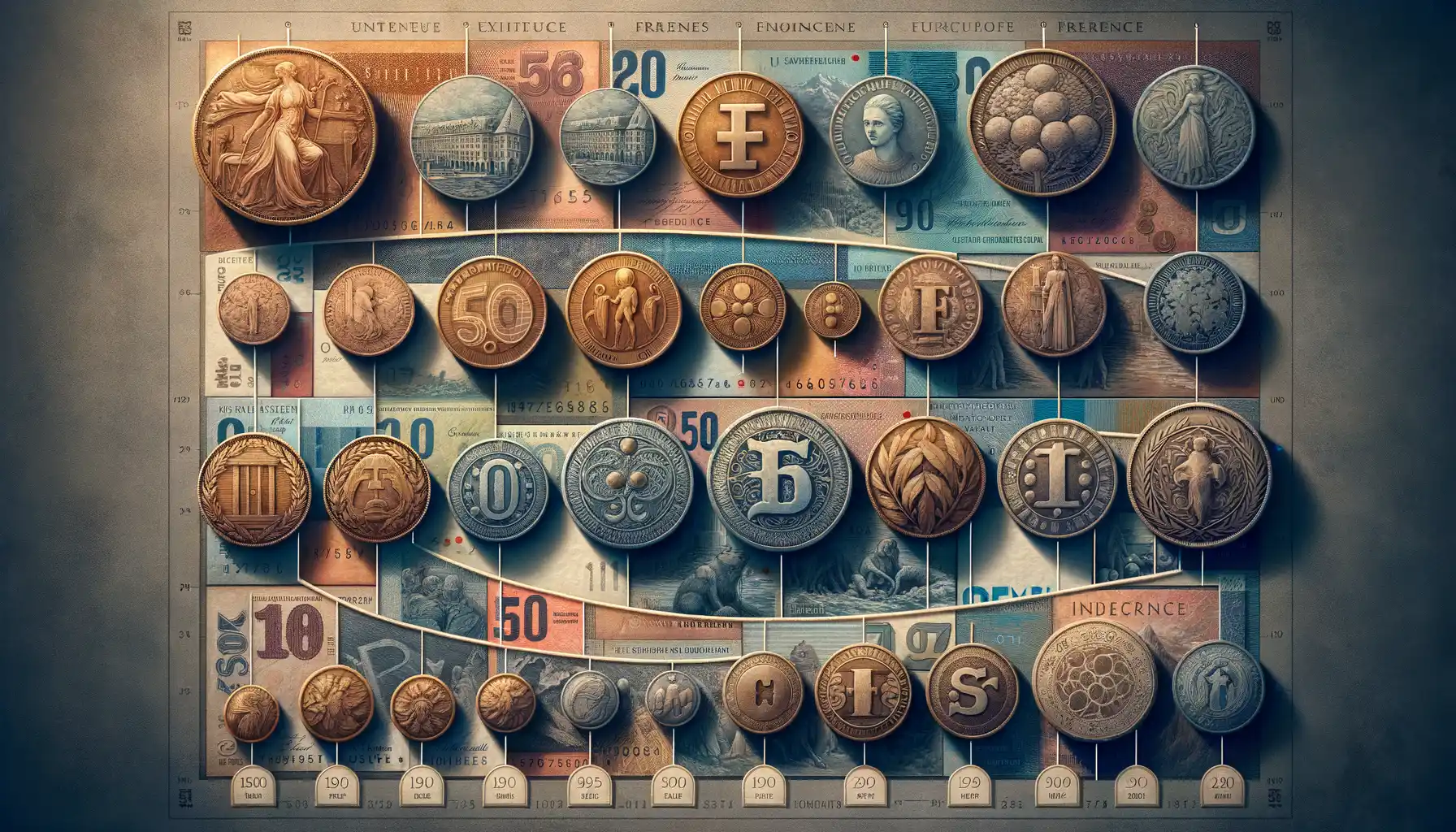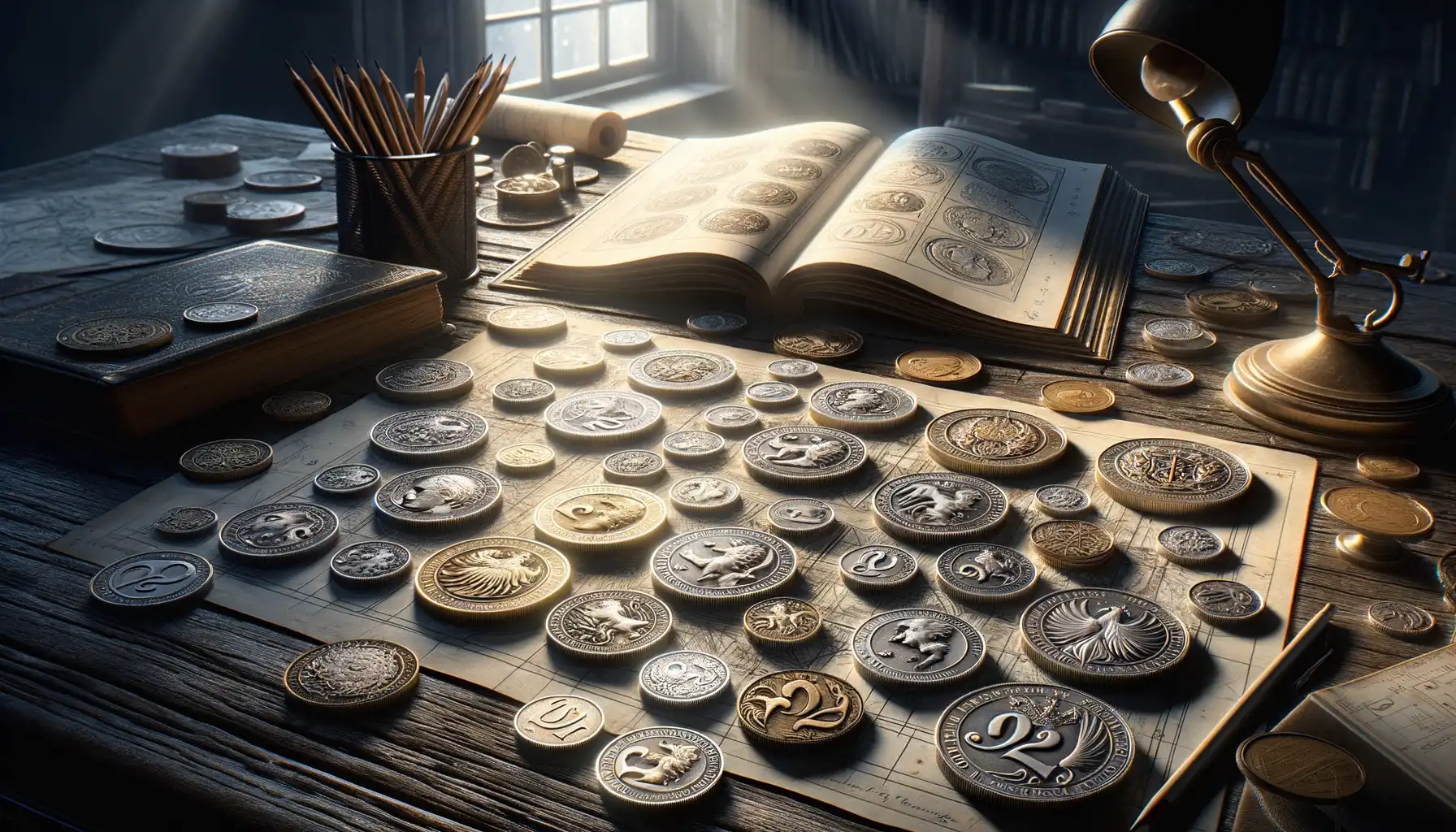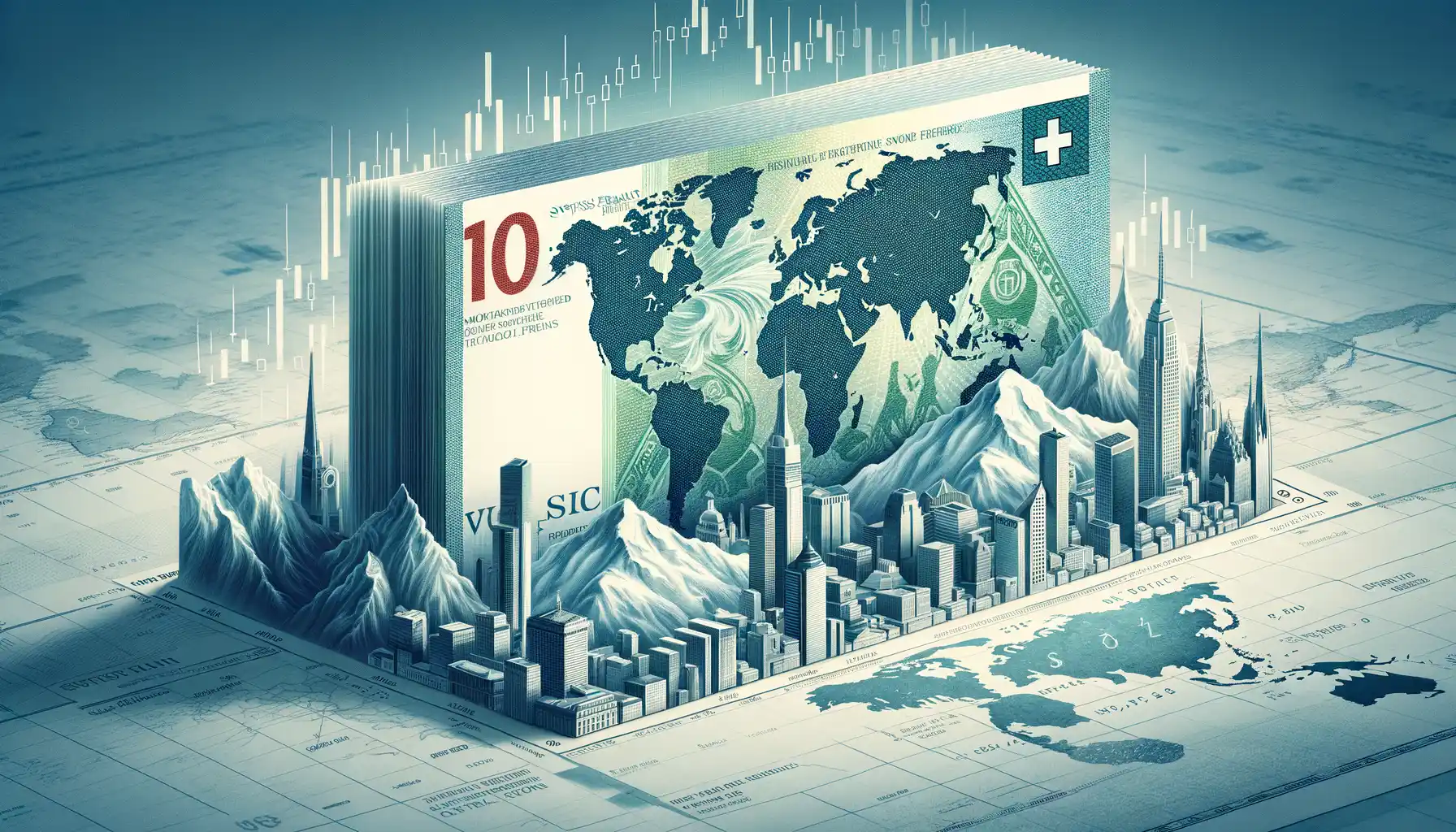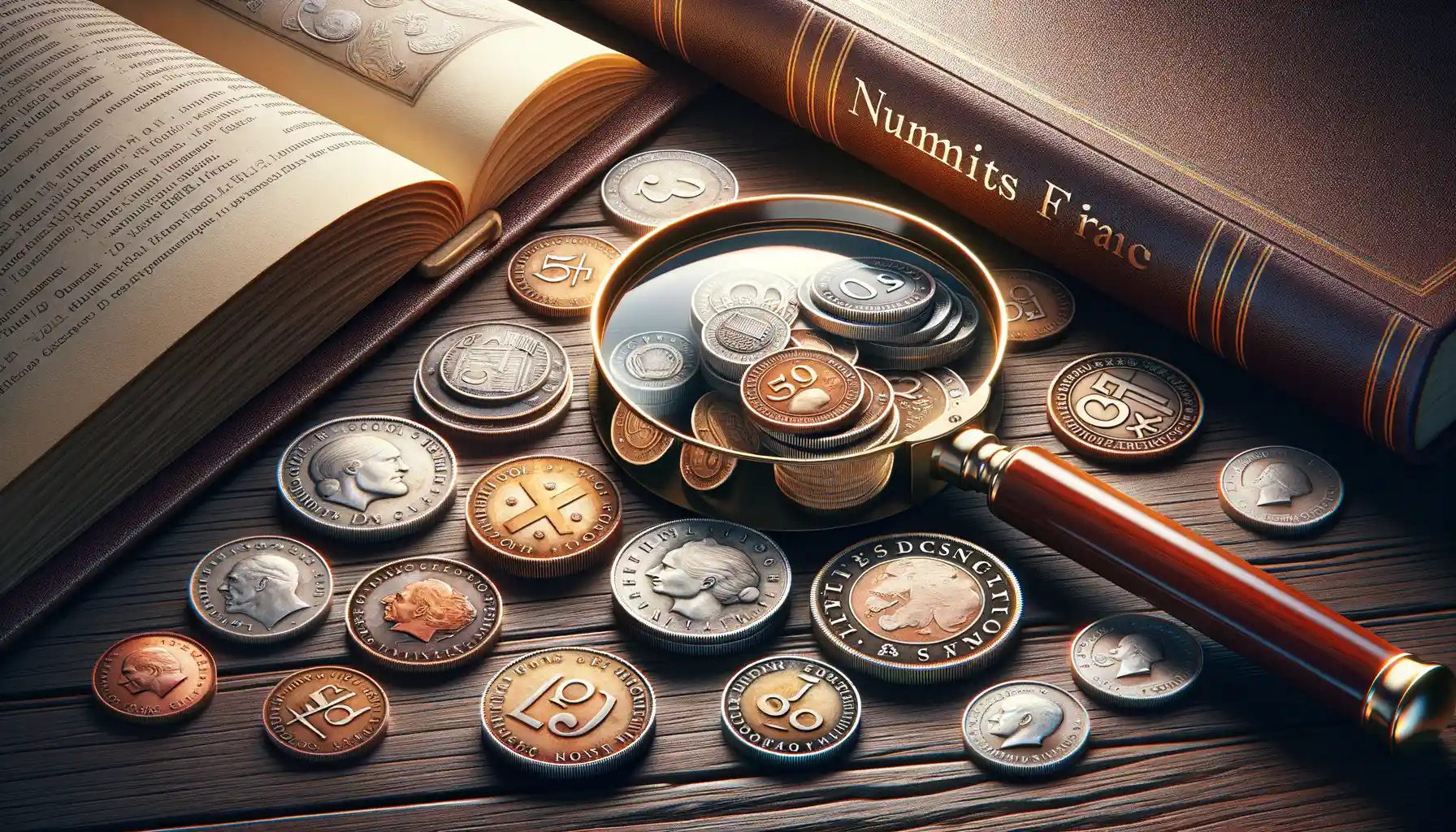Origins and Early Development of the Swiss Franc
The Birth of Swiss Francs: A Nation’s Monetary Revolution
Imagine Switzerland in the 19th century—a kaleidoscope of cantons, each issuing its own coins. Silver here, gold there; exchange rates fluctuated wildly like leaves in a storm. Life was complicated, especially for merchants crossing canton borders. That is, until 1850. In a bold move, the Swiss Constitution led to the creation of the Swiss franc, unifying this patchwork system into one stable currency.
Inspired by the French franc, the first Swiss francs emerged—simple yet revolutionary. They were silver coins bearing designs that symbolized unity and strength, with Helvetia herself gracing them. For the first time, a farmer in Zurich and a trader in Geneva could conduct business without confusion. The new currency laid the foundation for economic harmony across Switzerland’s rugged mountains and rolling meadows.
- 1850: Swiss franc officially introduced, pegged to the French franc.
- Early coins crafted in silver, echoing European standards of the era.
The Swiss franc wasn’t just money—it was a promise, a bridge, and a bold step towards a modern Switzerland.
Key Milestones in the Evolution of Swiss Currency

The Birth of a Unified Currency
Imagine Switzerland in the early 19th century—a patchwork quilt of 26 cantons, each with its own coins, weights, and measures. It was chaos for merchants and travelers alike. But then, in 1848, something extraordinary happened: Switzerland became a federal state, and with it came the dawn of a single, unified currency. By 1850, the Swiss Franc was born, modeled after the French Franc. For the first time, the country spoke one monetary language, bringing order to financial mayhem.
This wasn’t just a practical reform—it was a political statement. The Franc symbolized unity in diversity, a delicate balance that still characterizes Switzerland today. Holding those early coins feels like touching a piece of history, doesn’t it?
Turning Points That Shaped the Swiss Franc
The journey didn’t stop there. Over the decades, the currency evolved, adapting to the nation’s growing identity and stability. Here are some transformative moments:
- 1865: Switzerland joined the Latin Monetary Union, standardizing the Franc internationally.
- 1920s: The Franc weathered European economic turbulence, bolstering its reputation as a safe haven.
- 1936: The devaluation of the Franc during the Great Depression, a tough but crucial decision.
History doesn’t just happen; it’s made by bold choices and resilience. Every milestone reflects the perseverance and ingenuity of the Swiss people, ensuring their currency could stand the test of time.
The Role of Design and Symbolism in Swiss Franc Coins

Symbols That Speak a Thousand Words
Swiss Franc coins are more than just currency; they are miniature works of art, carrying whispers of history, tradition, and identity. Every curve, engraving, and figure on these coins tells a story. Take, for example, the iconic image of Helvetia, the allegorical goddess who has graced Swiss coins since 1850. Draped in flowing robes and holding her spear, she doesn’t just symbolize Switzerland; she embodies its spirit—strong, stoic, yet welcoming.
The designers didn’t stop at imagery alone. Flip a coin, and you’ll notice intricate details even on the reverse side. The floral wreaths, composed of edelweiss, gentian, and Alpine roses, pay homage to Switzerland’s breathtaking landscapes. They’re not just decorations—they’re an ode to the nation’s deep connection to nature.
Design Choices That Captivate Collectors
There’s a reason why numismatists are drawn to these coins like moths to a flame:
- The unique font of the inscriptions reflects precision—an undeniable Swiss hallmark.
- Each denomination boasts its own visual identity yet plays harmoniously within the broader design family.
- Hidden details, like subtle engravings, offer surprises for the sharp-eyed collector.
Every coin feels personal as if its creators wanted it to resonate with both a banker in Zurich and a farmer in Bern. Maybe that’s why holding one doesn’t just feel like touching metal—it feels like touching Swiss heritage itself.
Modern Era of the Swiss Franc: Stability and Global Significance

How the Swiss Franc Became a Global Powerhouse
The modern era of the Swiss Franc shines with an aura of precision, much like the finely tuned gears of a Swiss watch. Since the 20th century, this currency has been synonymous with unparalleled stability. In a world of economic storms, the franc often feels like that sturdy alpine lodge: dependable, unshakable, and warm with promise.
But why has the Swiss Franc become such a heavyweight in global finance? For starters, Switzerland’s long-standing political neutrality and rock-solid financial policies act as its backbone. Add to this a banking system known for discretion and resilience, and the result is a currency trusted even during global upheavals.
- A safe haven during times of war or financial crisis
- Backed by a robust and diversified economy
- Low inflation rates thanks to the vigilant Swiss National Bank
The World Turns to Switzerland in Uncertainty
Picture this: during the 2008 financial crisis while other currencies wavered like leaves in the wind, investors clung to the Swiss Franc, solidifying its status as a “flight-to-safety” asset. This iconic currency, nicknamed the “Swissie” in trading circles, isn’t just a monetary unit—it’s a beacon of trust. And in today’s ever-shifting global economy, trust is worth its weight in gold—or perhaps francs.
Collecting Swiss Francs: Insights for Numismatists

The Thrill of Owning a Piece of Swiss History
Imagine holding a coin that whispers secrets from centuries past—a small, round portal into the lives, struggles, and triumphs of the Swiss people. That’s what collecting Swiss Francs is all about: the rush of connecting with history in your palm. From the stately 19th-century 10-franc gold Vreneli with its golden glow to the sturdy modern coins still echoing Alpine traditions, each piece has its own story to tell.
The intricate designs on Swiss Francs are like tiny masterpieces. For instance, have you noticed how certain coins feature Helvetia, the personification of Switzerland itself? Her serene gaze and flowing robes symbolize strength and unity. Or take the lively wildlife depictions on modern coins—like the cheeky marmots scurrying across Alpine landscapes—designed to make you smile while celebrating natural beauty.
Quick Tips for Budding Collectors
Keeping an eye out for these gems can be a treasure hunt of its own! Here are some handy pointers to get started:
- Seek out commemorative coins—they’re rare and hold extra value for their unique themes.
- Condition matters: look for “mint state” coins if possible, as pristine details enhance both beauty and worth.
- Don’t overlook older silver coins; they resonate with both collectors and investors.
Every coin you add isn’t just a piece of metal—it’s a fragment of Swiss culture, waiting to enrich your collection and spark conversations for years to come.
